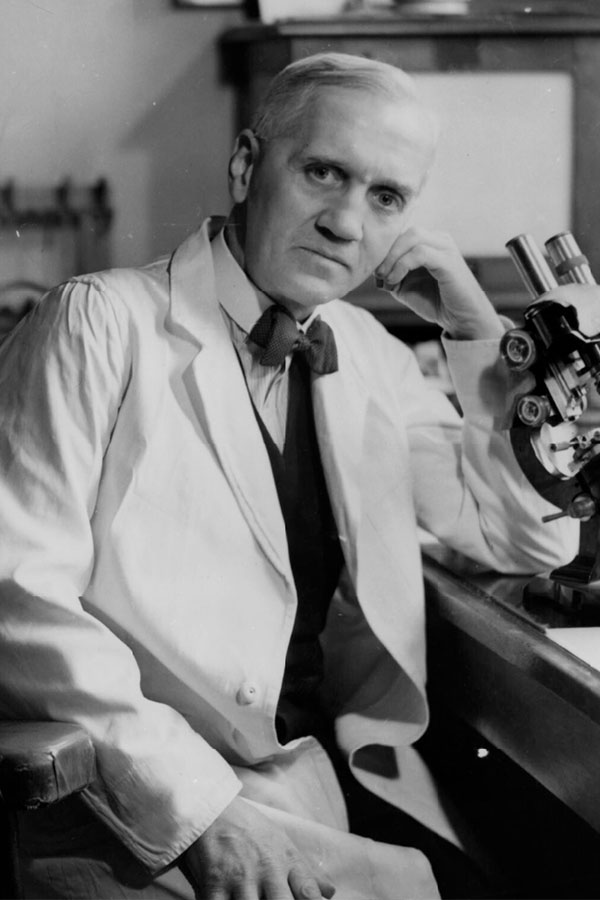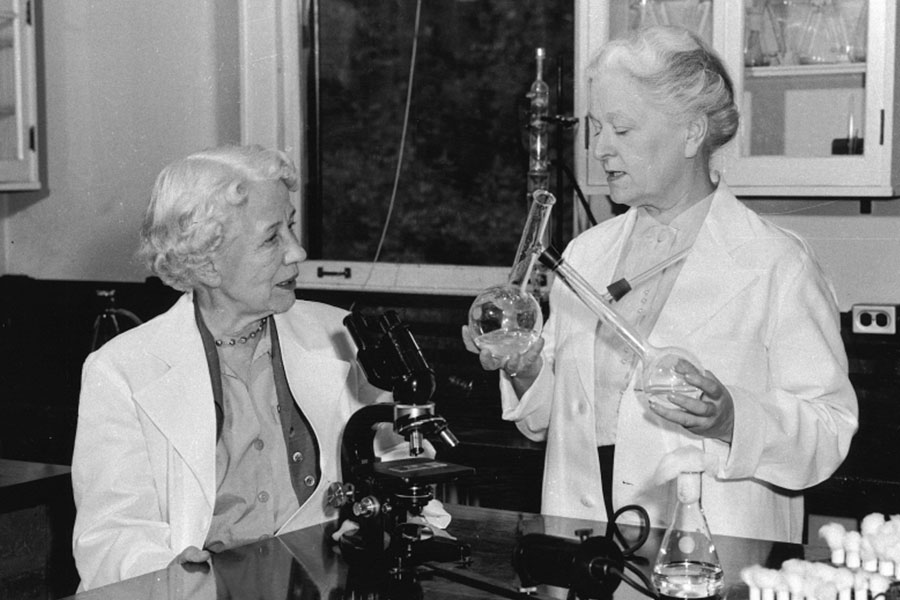This topic takes on average 55 minutes to read.
There are a number of interactive features in this resource:
 Biology
Biology
 Chemistry
Chemistry
 PSHE / Citizenship studies
PSHE / Citizenship studies
 Science
Science
Antimicrobials are a group of medicines used to treat infections. This group includes antibiotics (which treat bacterial infections) and antifungals (which treat fungal infections). Neither antibiotics nor antifungals are capable of treating viral infections.
Many antimicrobials are produced in nature by soil bacteria and fungi. This enables the microorganism to kill off its competition and consequently have an advantage in its environment when competing for limited resources.
Before antimicrobials were discovered, many people died from infections that today are easily treated. The discovery of antimicrobials transformed global health and revolutionised medicine.
Alexander Fleming discovered the first antibiotic, penicillin, in 1928. Fleming noticed that bacterial growth had been inhibited on a petri dish accidentally contaminated with the mould Penicillium notatum. He realised that the mould must be producing a compound inhibiting bacterial growth. This compound was penicillin. Two researchers at Oxford University, Howard Florey and Ernst Chain, investigated Fleming’s work further and showed that penicillin could be used to treat infections in patients. In 1945, Fleming, Florey and Chain shared the Nobel Prize in Physiology or Medicine for “the discovery of penicillin and its curative effect in various infectious diseases”.


The first antifungal, nystatin, was discovered in 1949 by Rachel Fuller Brown and Elizabeth Lee Hazen. Hazen cultured bacteria from soil samples collected all over the US. She then tested to see if any of the compounds the bacteria produced were effective at killing fungi. When she saw something promising, she sent it in the post to Brown, who isolated and purified the compounds. Brown then posted the compounds back to Hazen who tested them on the fungi again and then if effective, tested them on animals. This went on until they found an active non-toxic compound. The compound they discovered was nystatin, which remains an effective treatment for skin, mouth, vaginal and intestinal tract fungal infections.
There are now hundreds of antibiotics on the market, the majority of which come from a limited number of classes of antibiotics. There are far fewer antifungals on the market, only approximately 20 in total.
Antimicrobials take advantage of the structural differences between microorganisms and human cells.
Antimicrobial modes of action can be classified as either:
Antimicrobials target specific parts of the microorganism. Due to structural variation between microorganisms, antimicrobials are only active against individual species or groups of species.
Based on specificity antimicrobials can be classified as either: